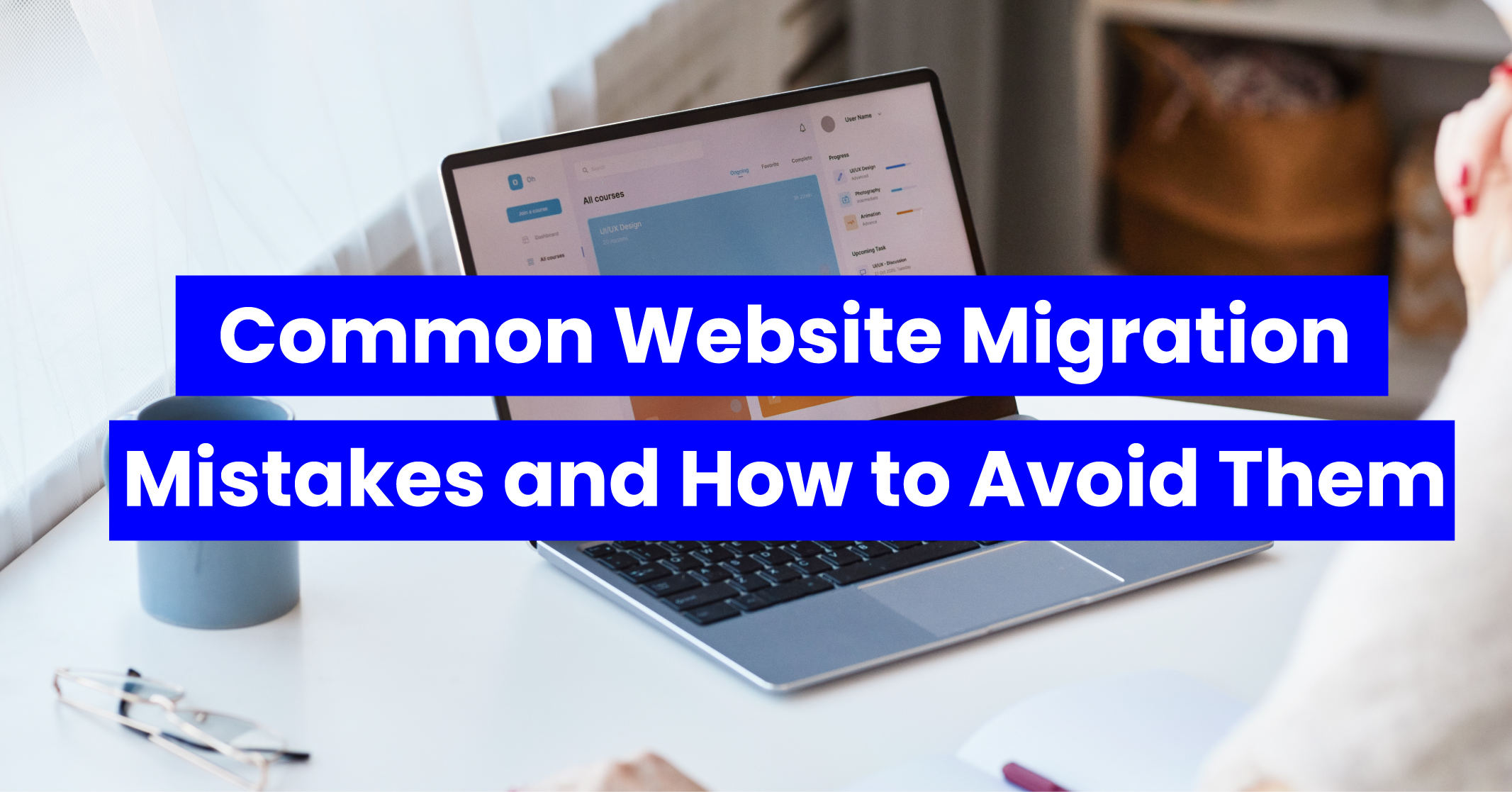I hope you enjoy reading this blog post.
If you want to get more traffic, Contact Us

Click Here - Free 30-Minute Strategy Session
Be quick! FREE spots are almost gone for this Month. Free Quote

Are you considering website migration your website but concerned about its impact on performance and search rankings? Website migrations can be beneficial, but they do carry risks. To ensure a successful migration, it’s essential to follow a proven process.
In this blog, we will discuss the steps involved in a website migration, website migration checklists for your reference, and explain each step-in detail. While there are various types of migrations, the planning and troubleshooting steps are similar.

Click Here – Free 30-Minute Strategy Session
Be quick! FREE spots are almost gone for this Month
Keep in mind that migrations can be complex, involving multiple parties and components. Don’t panic if things don’t go as planned; most issues can be resolved.
This blog will cover the following:
Before migrating your website, it’s crucial to have a clear understanding of what changes will take place and who will be involved in the process. This requires a well-defined plan and a system to track all the moving parts, including the people involved, their roles and deadlines.
A project manager and project management system can be helpful in this regard, as relying solely on email and messaging platforms can quickly become chaotic.
It’s also essential to have a rollback plan in place in case something goes wrong. Even if you don’t plan on using it, it’s essential to have a way to revert to the original state.
Why Website Migration Is Essential?
To understand the impact of the migration, it’s recommended to have access to both Google Search Console and Analytics on both the old and new sites, ideally combined into a single view.
While some changes may take a few weeks or even months to reflect, others may not have any impact at all. For instance, if you’re migrating a mid-size site to a new domain, you might expect some traffic fluctuations for a few weeks.
What To Do?
Preparatory work for website migration is also crucial. Here is what you should do:
Relevance Of Website Migration Process
A website migration is a significant change to your website that can impact its structure, performance and traffic. The common form of migration is moving from one domain to another, transitioning from HTTP to HTTPS or changing your URL structure.
While website migration can offer significant benefits for your business, it also carries potential risks including:
However, these risks can be mitigated by following a tried and tested site migration strategy, which we will outline below.

Performing a website migration involves various tasks, depending on whether the URLs will remain the same or not. If the URLs are not changing, the move may be less complicated in terms of SEO. However, there are still infrastructure/DevOps or developer tasks to be completed.
Some of the things that may be involved in such migrations are hosting, platform and design. If you have a staging or dev site, it’s advisable to access it to check for issues before launching it live.
What To Do?
To ensure that everything is in order, you need to look for changes in various elements such as:
With JavaScript systems, you need to be particularly vigilant because new systems may not load all the content into the DOM by default, which could affect how search engines view your site.
Other factors to watch out for include:
You can use the comparison function of Site Audit to check for changes since your last crawl and keep an eye on the Best by Links report in Site Explorer, filtering for 404s to see pages with links that are now broken.
In the case of website migration where URLs are different, the process can be more complicated. However, if you’re moving from HTTP to HTTPS, the process is relatively simple. Below are some things to consider during this type of migration:
For HTTP > HTTPS migration, implement a Content Security Policy of upgrade-insecure-requests to fix all mixed content issues, install a security certificate, redirect HTTP to HTTPS using a 301 redirect and add an HSTS header.
For domain changes:
Regardless of the type of migration, it’s essential to update internal links and links in various tags like canonicals, hreflang, etc. You can use a find-and-replace plugin to do this quickly for internal links. Keep a sitemap with old URLs for a short period to monitor the indexing of URLs in GSC.
Remove any crawling blocks for pages on the old and new site, make sure pages you want to be indexed aren’t marked no-index, and redirect old pages to the new versions using a 301 redirect. Don’t worry about redirecting things like JS, CSS, or Font files.
If you see a drop, it’s likely related to redirects, something not being able to be crawled, something no-indexed, changes to the content or removing content, changes to internal links or something that changed related to technical SEO.

To begin with the website migration process, it is important to establish the objectives of website migration and determine the extent of the changes.
Website migration may be necessary for various reasons, such as moving from HTTP to HTTPS, improving site design, taking the site international and increasing search traffic.
Important Points to Remember:
Try to complete the migration as quickly as possible to avoid extensive downtime, which could negatively impact your rankings. Double-check your robots.txt file, test your redirects and upload your new XML sitemap to Google Search Console.
Track your site’s success and make improvements as needed. Keep an eye on your site’s traffic levels and rankings and benchmark them against your initial expectations.
You should also track the traffic levels and rankings of the legacy site to ensure that all pages are being properly redirected. If everything meets your expectations after a year, you can stop tracking and enjoy your new site.
Ahrefs: It provides several methods to track changes during a website migration. One approach is to adjust the scope of your crawl in Site Audit and compare the results to see what has changed, paying attention to elements like:
It’s also essential to monitor your priority pages and crawl them regularly using Site Audit. The Top Pages and Organic Keywords reports in Site Explorer 2.0 can give you insights into page and keyword traffic and change history, which can be exported to Excel or Google Sheets for better analysis.
Google Search Console: (GSC) can also provide helpful data during a migration. For example, you can use the URL Inspection tool to check for canonicalization issues. You can also export GSC data and combine it with other data sources like Excel or Google Data Studio for more comprehensive analysis. The Index Coverage report in GSC can help you monitor how your pages are indexed, especially if you upload both old and new sitemap files.
The Crawl Stats report: It is another useful resource to identify crawling behaviour changes, issues with crawling, and get more information about how Google crawls your site. It’s crucial to pay attention to any flagged crawl statuses and timestamps of when pages were last crawled.
Website migration is a complex process that requires careful planning and execution. Below are some important considerations before, during and after the website migration process:
Before website migration:
During website migration:
After website migration:
To ensure a successful website migration, it’s important to:

To prevent any mishaps during website migration, it is important to be aware of some common mistakes that people make.
Here are some of them and ways to avoid them:
Migrating to a website can be a daunting task that demands attention to detail and proper execution. Nevertheless, following certain steps and using the appropriate resources can help you achieve a smooth website migration.
Are you planning to hire an SEO agency Melbourne? Traffic Radius can help. We combine our experience and expertise to help businesses improve their online presence and attract more customers.
With our extensive expertise in search engine optimization and digital marketing, you can achieve higher search engine rankings and increase website traffic.

LEAVE A REPLY